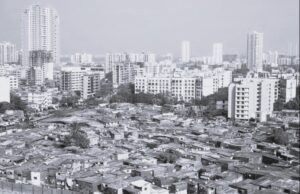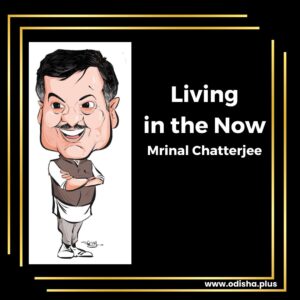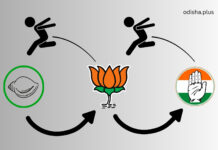Dr. Mrinal Chatterjee
India is one of the fastest growing economies in the world. It grew at 7.2% in the 2022-23 fiscal year. However, India is also one of the most unequal countries. A 2022 Oxfam report The top 10% of the Indian population holds 77% of the total national wealth.

73% of the wealth generated in 2017 went to the richest 1%, while 670 million Indians who comprise the poorest half of the population saw only a 1% increase in their wealth. The inequality in India has been rising for the last three decades. The rich are getting richer at a much faster pace. Consider this: by 2022 there were 119 billionaires in India. Their number has increased from only 9 in 2000 to 101 in 2017.

Besides contributing to social tension, the growing inequality adversely impacts the poor and the marginalized the most. The biggest casualties are health and education. A quick survey of available literature shows a general agreement about a correlation between income inequality and health/social problems. Inequalities in access to resources, finances, and opportunities lead to vast disparities between those students with privilege and those without it.
Media could and ought to play a proactive role in highlighting this and taking measures to reduce the gap. But unfortunately, in post-globalisation mainstream media in India, the poor and deprived have largely been marginalized. Market pressures have forced the media to provide space and time to people who can afford to buy goods and services that the market does and can supply. A market propelled media needs and therefore creates no discerning and informed citizens but mindless consumers. The trend continues unabated even as the impact of globalization is receding across the world. It is creating a sharply divided society where inequality is rising.
This issue needs to be addressed expeditiously; otherwise it will create many more problems including a vicious circle of perpetuating poverty and social tension leading to large scale violence. Gandhi in his avatar as a journalist and editor had extensively written and commented on this issue. From Champaran Diary to his fiery editorials in Harijan- Gandhi wrote about social and economic inequality. He had also suggested ways to bridge the development gap.
Gandhi’s basic aim was to have an all-round development of the society for socio-economic- political, moral and spiritual development. The Gandhian Economic Order is based on simplicity, decentralization, self-sufficiency, cooperation, equality, non-violence, human values, self-sufficient village units, and nationalisation of basic industries, Swadeshi and the theory of trusteeship. The three pillars of Gandhian approach to development were: a. equitable economic growth, b. redistributive justice, and c. moral regeneration.
Gandhi was not particularly fond of massive industrialization at the cost of individuals for a form of rapid economic progress, which breeds inequality. Rather, Gandhi’s model of industrialisation was village industries based on limited capital, local raw material, short gestation period and easy marketing. He favoured the khadi and village industries model. The industries should be small in size, simple in organisation, capital saving, non-violent and non-exploitative.
It is time we take a hard look at Gandhi’s tenets and follow his guidance to bridge the development gap.
(The author is Regional Director Indian Institute of Mass Communication, IIMC Dhenkanal. Views are personal)


























